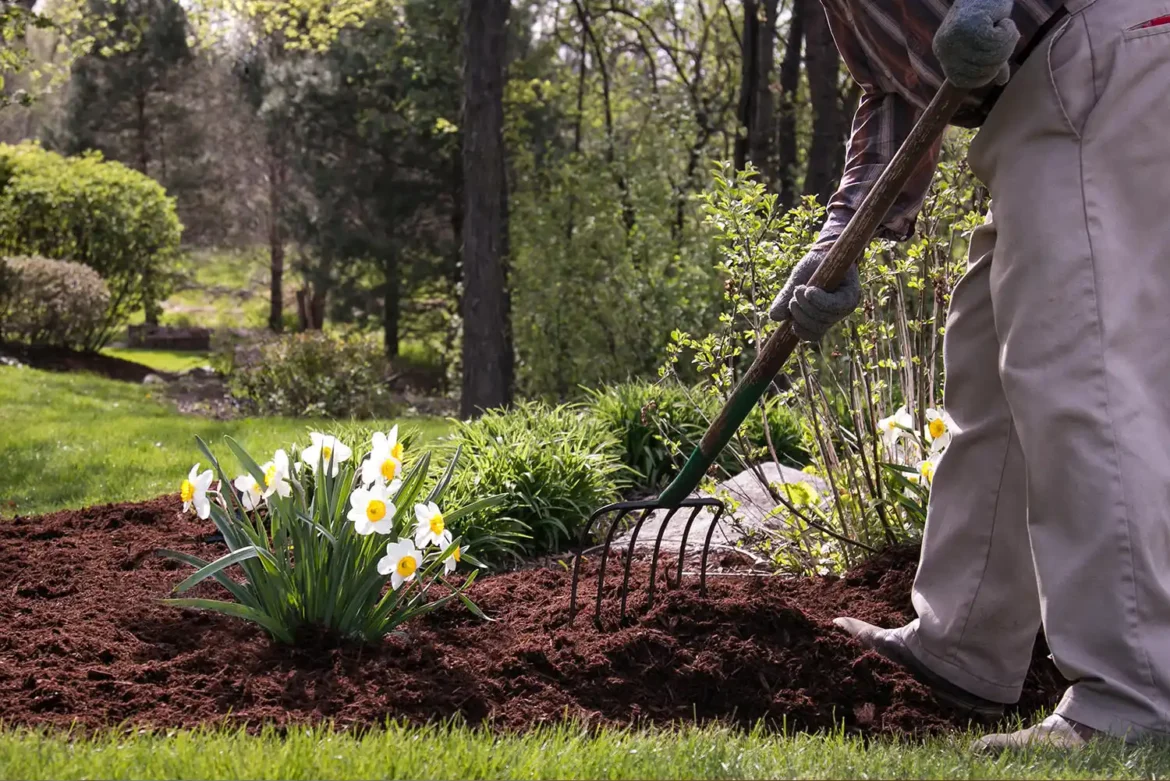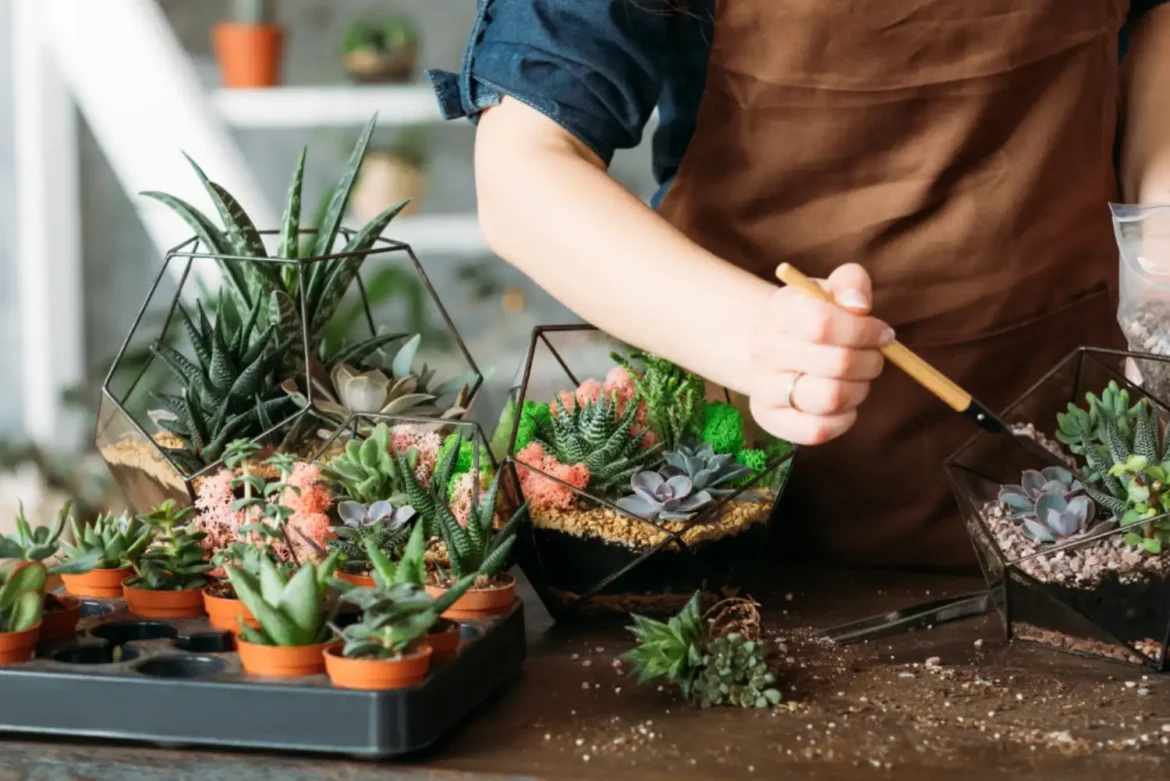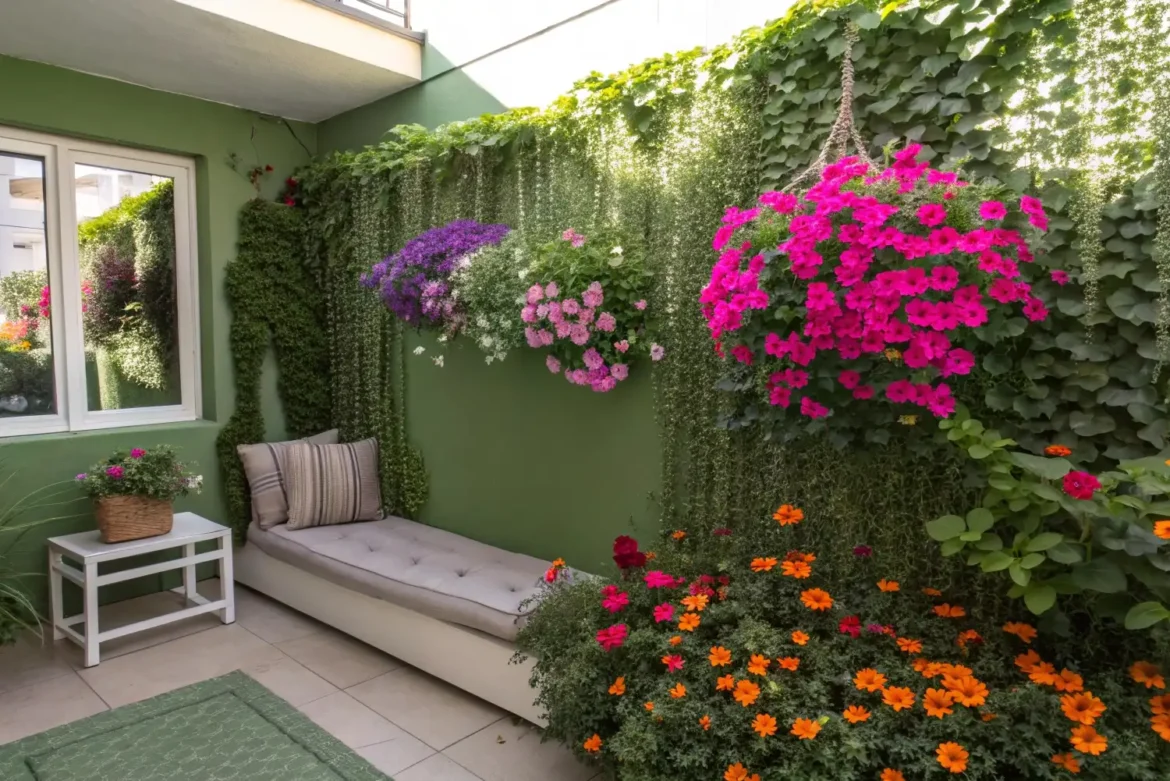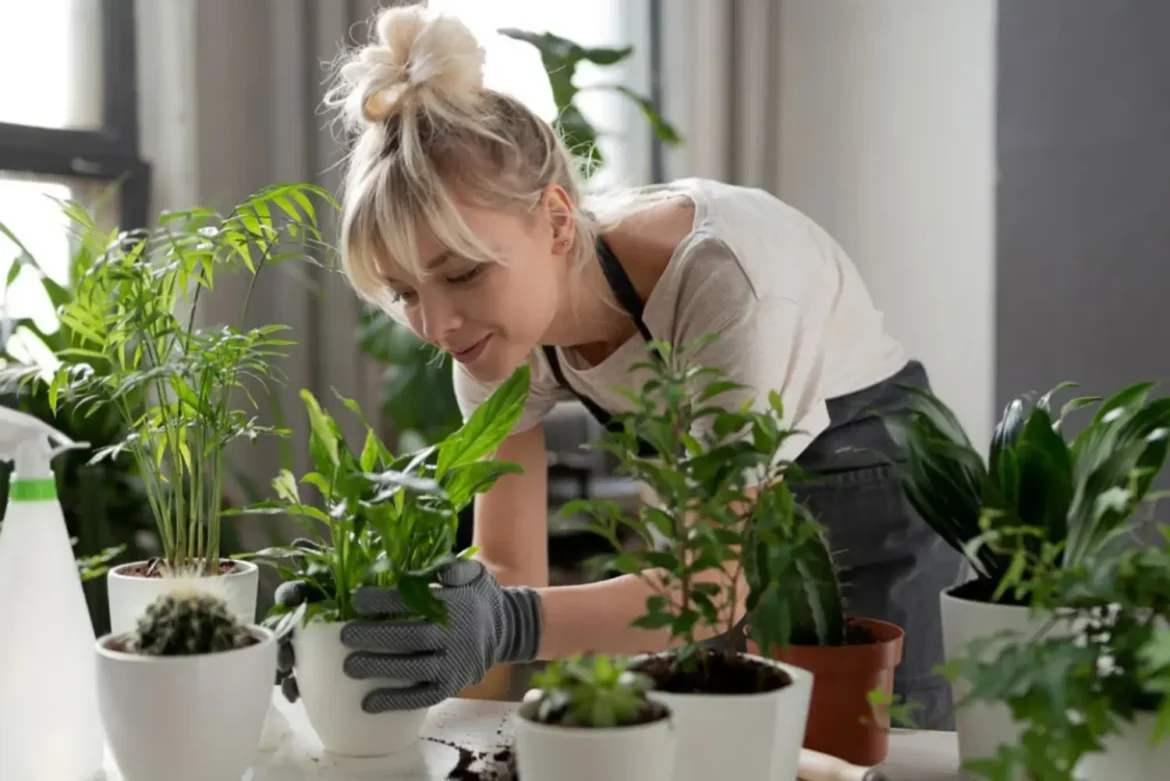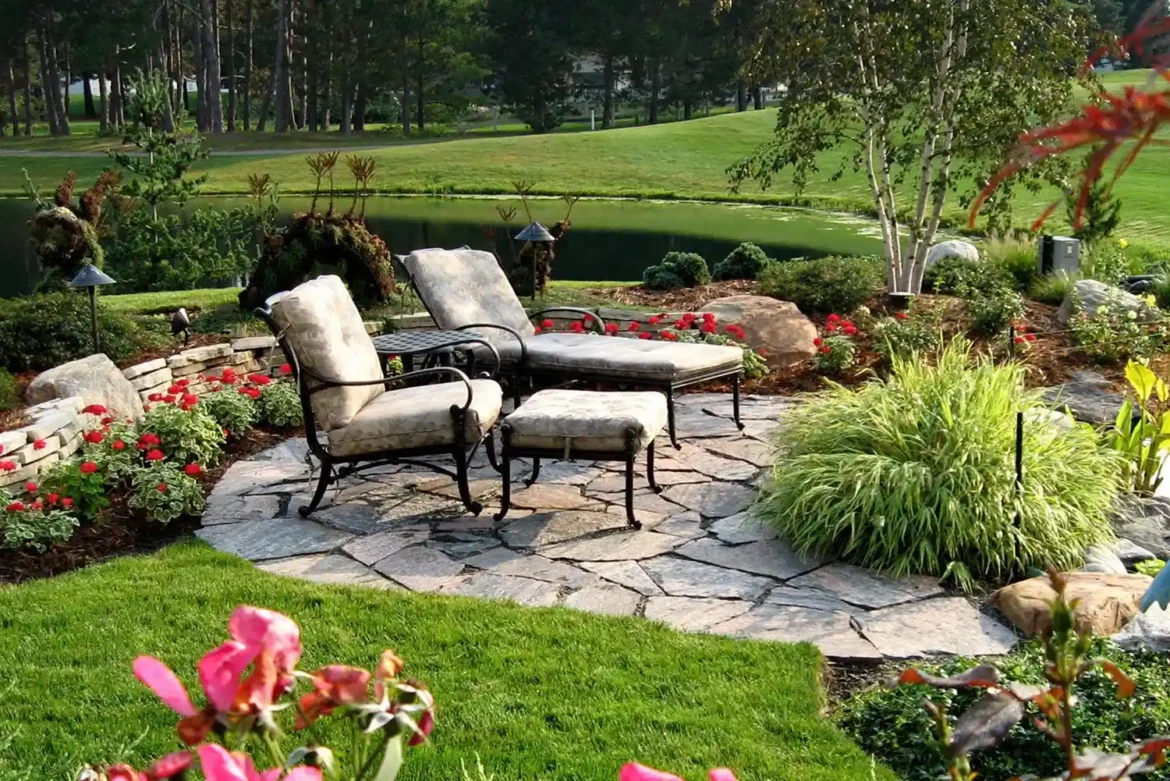Preparing a garden for each season is essential for maintaining its health, appearance, and productivity. Understanding the specific needs of plants and soil at different times of year allows gardeners to plan ahead, prevent damage, and maximise growth. Seasonal preparation includes tasks such as soil enrichment, pruning, planting, and protecting delicate species. By adapting gardening routines to the rhythm of the seasons, homeowners can ensure their outdoor space remains vibrant and functional throughout the year.
Spring is a critical period for preparing the garden for active growth. Soil should be loosened and enriched with compost or organic fertilizer to encourage root development. Perennials can be pruned, while new plants and seeds can be introduced to the garden beds. Early attention to weeds and pests prevents problems later in the season, and consistent watering helps young plants establish strong roots. Spring preparation sets the stage for a productive and colourful growing period.
Summer requires maintenance and protection. Regular watering, especially during dry spells, ensures that plants remain healthy and vibrant. Deadheading flowers promotes extended blooming, while trimming overgrown shrubs keeps pathways clear and aesthetically pleasing. Mulching garden beds helps retain moisture and suppress weeds, reducing maintenance demands. Pest management is also important during summer months, using natural methods whenever possible to maintain a balanced garden ecosystem.

